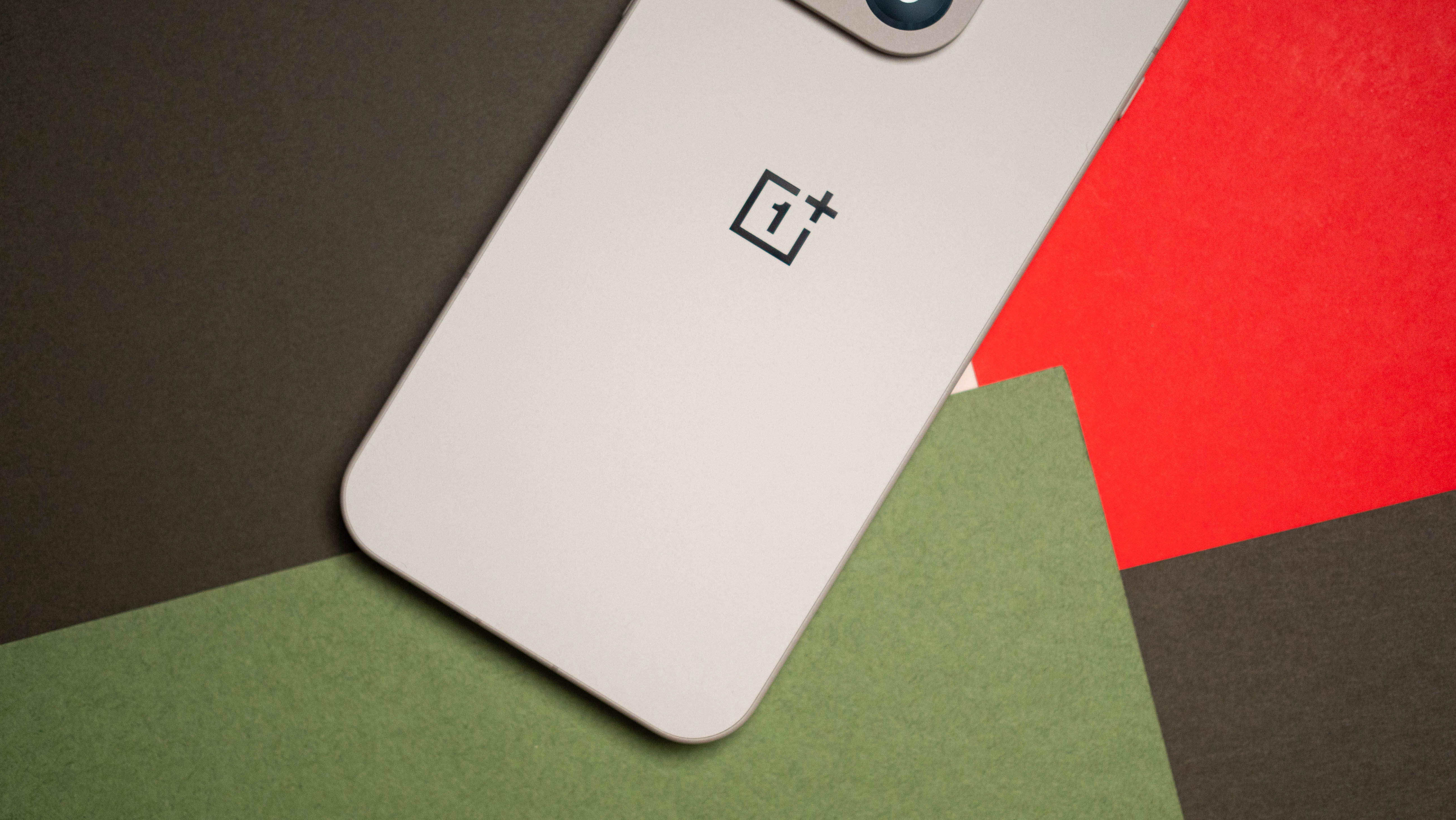Should you upgrade to the Samsung Galaxy Z Fold 7?
It's Samsung's best foldable yet, but it's also Samsung's most expensive foldable yet.
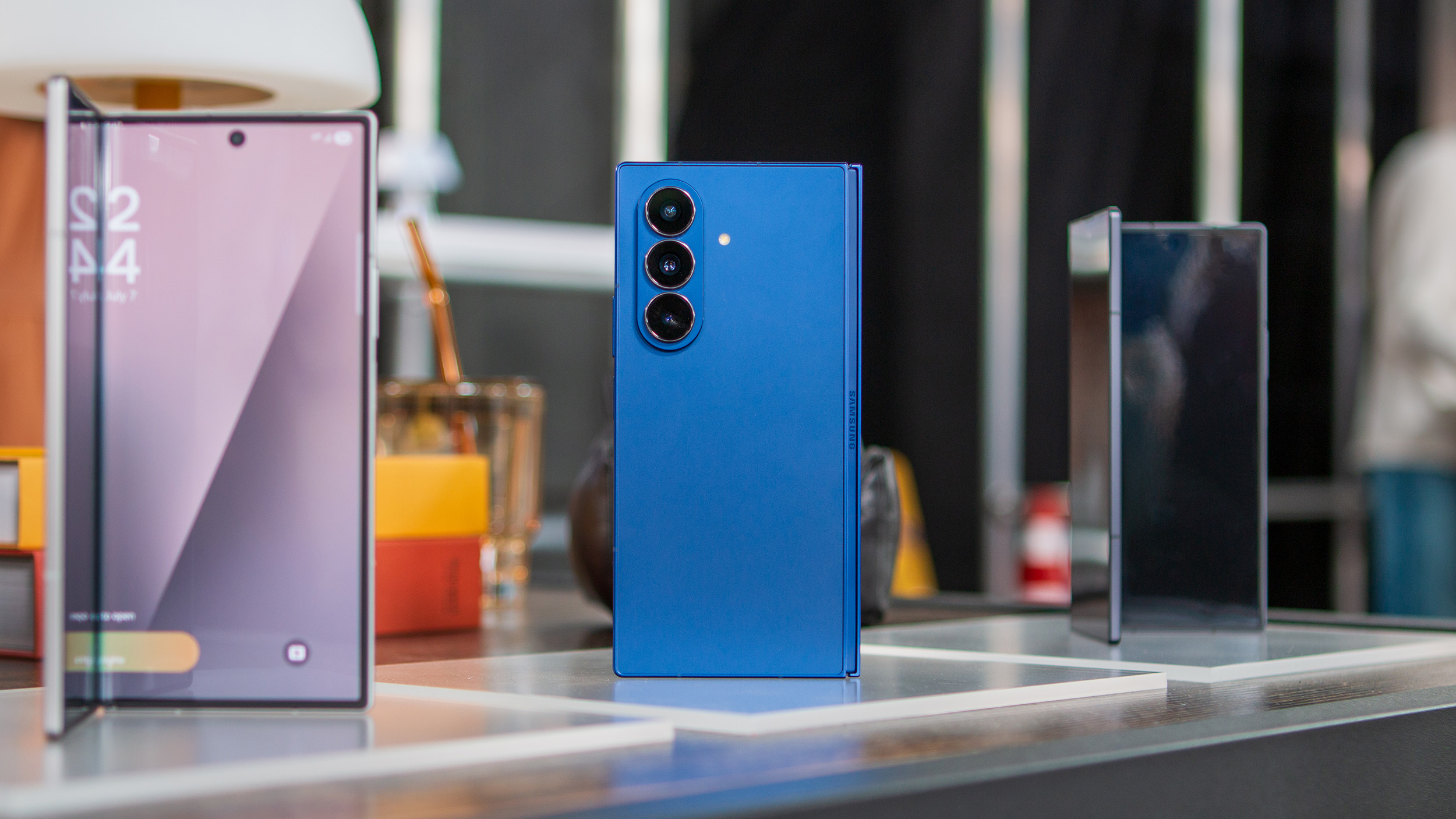
Following years of stagnating progress, the Samsung Galaxy Z Fold 7 delivered all foldable phone fans wanted and more. This year, Samsung added the best mobile processor, a 200MP main camera sensor, and a refreshed thin-and-light design to its premium Fold. However, Galaxy Z Fold users might have also gotten something they didn't want, and that's the $2,000 starting price of the Galaxy Z Fold 7.
For those keeping track at home, that makes the Galaxy Z Fold 7 the most expensive Samsung foldable to ever launch in the U.S. It's even pricier than the original Galaxy Z Fold that launched in 2019 for $1,980. Of course, inflation, tariff uncertainty, and a host of other factors might explain the price hike, but this just goes to show that the decision of whether to buy the Galaxy Z Fold 7 is more complicated than ever.
People considering an upgrade will have to look at their current phone and figure out whether having the newest Samsung foldable is worth the high cost. For anyone with a recent foldable from Samsung, Google, or OnePlus, the Galaxy Z Fold 7 is probably out of reach — unless you take advantage of insane pre-order trade-in deals. It's easier to justify an upgrade with an older model because the changes compound across multiple generations.
Let's dive into the Galaxy Z Fold 7's price and specs to help you figure out whether you should upgrade or pass.
Should you upgrade to the Galaxy Z Fold 7 from a Galaxy Z Fold 6?
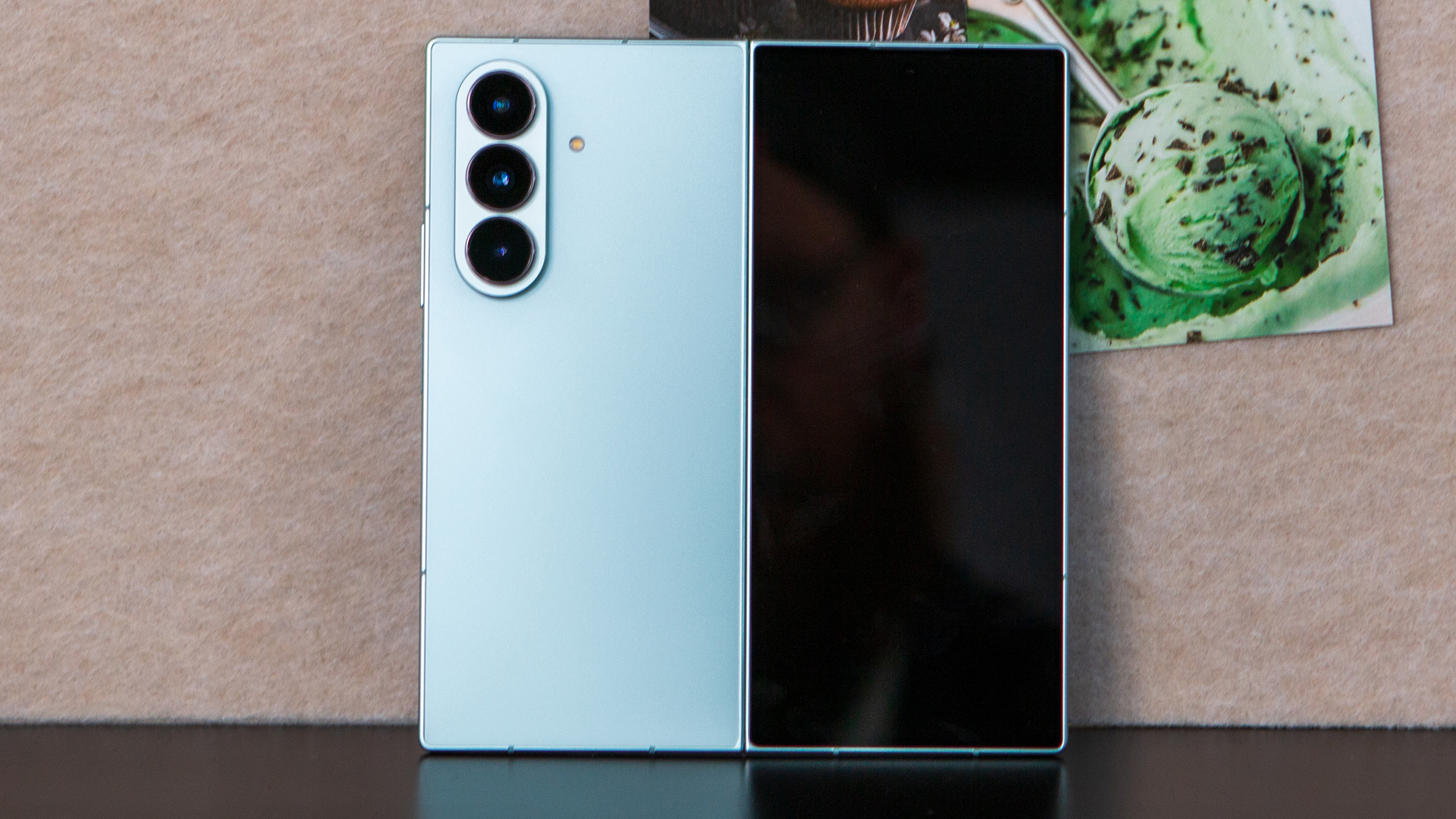
The Samsung Galaxy Z Fold 6 was already a standout foldable, and the Galaxy Z Fold 7 builds off those initial upgrades. Is there enough added to the newer model to make current owners want to upgrade? That probably depends on who you ask. There are a lot of noticeable changes, but it'll be tough to justify spending $2,000 on a foldable just one year after spending $1,900 on the Galaxy Z Fold 6.
The major differences between these two models will be their display sizes and form factors. The Samsung Galaxy Z Fold 7 has bigger inner and outer screens, measuring 8 inches on the main display and 6.5 inches on the cover screen. That's up from a 7.6-inch main screen and a 6.3-inch cover screen on the Galaxy Z Fold 6. Most importantly, the newer model has a wider cover screen, which should make typing and general use more comfortable.
Category | Samsung Galaxy Z Fold 7 | Samsung Galaxy Z Fold 6 |
|---|---|---|
Folding display | 8-inch Dynamic AMOLED 2x, LTPO (1-120Hz), 2184 x 1968 QXGA+ | 7.6-inch Dynamic AMOLED 2x, LTPO (1-120Hz), 2160 x 1856 resolution, 20.9:18 aspect ratio, 374 ppi, 2600 nits peak brightness, 480Hz PWM dimming |
Cover display | 6.5-inch Dynamic AMOLED 2X, 2520 x 1080 HD+, Gorilla Glass Ceramic 2 | 6.3-inch Dynamic AMOLED 2x, LTPO (1-120Hz), 2376 x 968 resolution, 22.1:9 aspect ratio, 410 ppi, 2600 nits peak brightness, 480Hz PWM dimming |
Operating System | Android 16 (One UI 8) | Android 14 (One UI 6.1.1) [upgradeable] |
Processor | Snapdragon 8 Elite for Galaxy | Snapdragon 8 Gen 3 for Galaxy |
RAM | 12GB | 12GB |
Storage | 256GB, 512GB, or 1TB | 256GB, 512GB, or 1TB |
Battery | 4,400mAh | 4,400mAh |
Charging | 25W wired charging, 15W wireless charging, 4.5 reverse wireless | 25W wired charging, 15W wireless charging, 4.5 reverse wireless |
Rear cameras | 200MP main + 12MP ultrawide + 10MP telephoto (3x optical zoom) | 50MP main + 12MP ultrawide + 10MP telephoto (3x optical zoom) |
Selfie cameras | 10MP (cover display) + 10MP (folding display) | 10MP (cover display) + 4MP (folding display) |
Dimensions | 158.4 x 72.8 x 8.9 mm (folded); 158.4 x 143.2 x 4.2 mm (unfolded) | Folded (68.1 x 153.5 x 12.1 mm); Unfolded (132.6 x 153.5 x 5.6 mm) |
Weight | 215g | 239g |
Colors | Silver Shadow, Blue Shadow, Jetblack | Silver, Shadow, Pink, Navy |
The Samsung Galaxy Z Fold 7 is significantly thinner and lighter than its predecessor, which is probably the most compelling reason to upgrade. It's only 8.9mm thick when closed, and that means you can add a case to it if you'd like while still remaining under the Galaxy Z Fold 7's 12.1mm thickness. Meanwhile, the new version weighs only 215 grams, and that's less than every big flagship from Apple, Google, and Samsung.
Get the latest news from Android Central, your trusted companion in the world of Android
Hardware upgrades are a mixed bag. The new model has the advantage of the Qualcomm Snapdragon 8 Elite chip and a 200MP camera, but the Galaxy Z Fold 6's comparable offerings are no slouch. You probably won't notice that big of a difference in performance during daily use. Plus, the amount of RAM, battery capacity, and charging speed is completely unchanged between models.
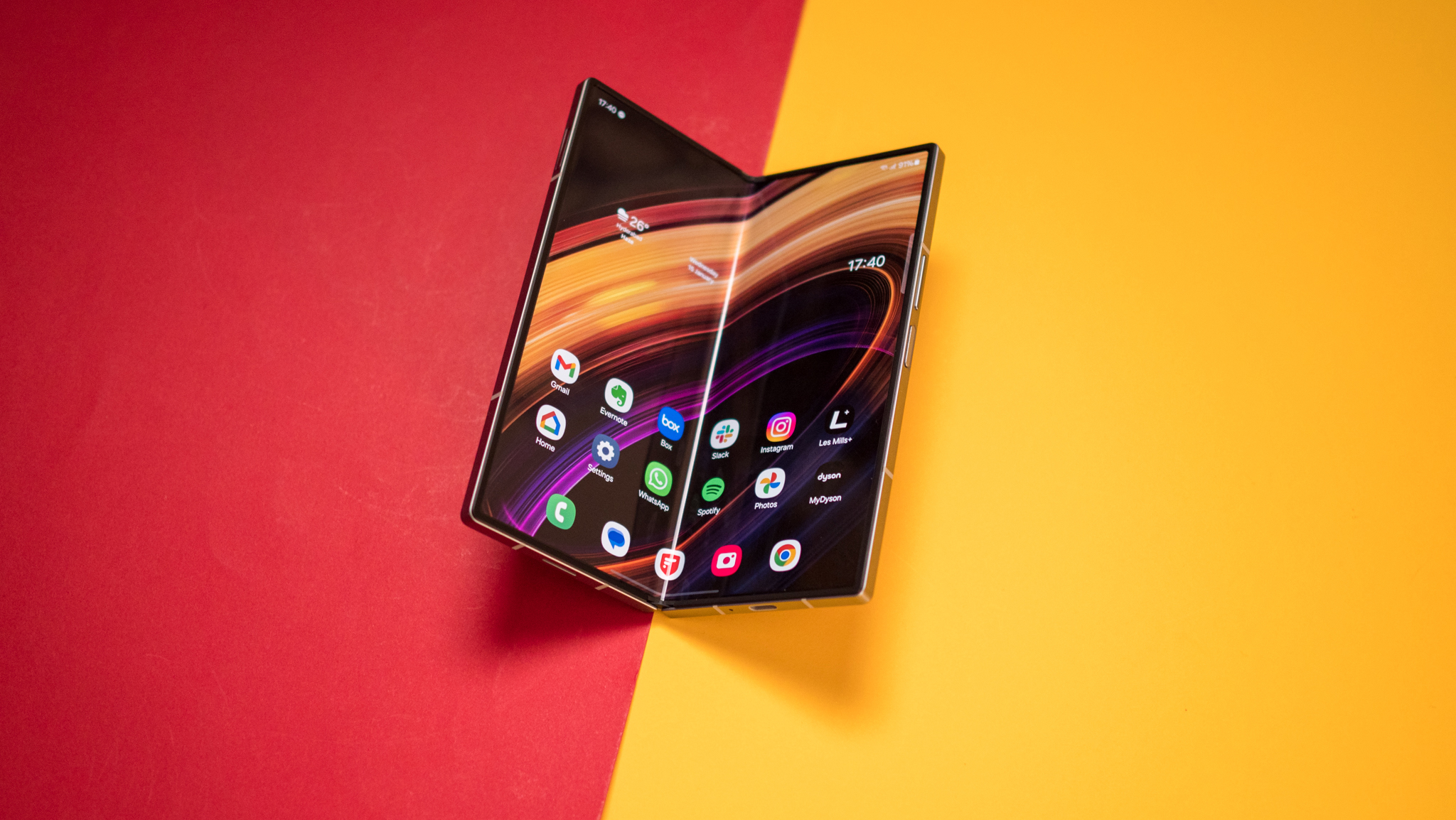
While it would be nice to have the thinner and lighter Galaxy Z Fold 7, most Galaxy Z Fold 6 users should probably stick with the phone they have for another year. I recently put a SIM back into the Samsung Galaxy Z Fold 6, and it's an excellent foldable that still holds up in 2025. It was tough to go from Galaxy S25 Edge to a thicker device, and I absolutely noticed a difference holding the Galaxy Z Fold 7 compared to the Galaxy Z Fold 6.
Still, we're talking about $2,000 here. Unless you have boatloads of cash, there just isn't enough to justify the upgrade from the prior model. And this isn't a knock on Samsung — I don't think there's anything that could make me justify spending $2,000 annually on new foldable phones.
Should you upgrade to the Galaxy Z Fold 7 from an older Galaxy?

Now, the situation changes a bit when we're talking about older Samsung Galaxy models. Even the Samsung Galaxy Z Fold 5, which is only two years old, is starting to show its age. It has a Snapdragon 8 Gen 2 chip that wasn't built for the AI era, and a 6.2-inch cover screen that isn't wide enough by 2025 standards. Additionally, the phone's 252-gram weight and 13.4mm thickness when folded is pretty chunky compared to the Galaxy Z Fold 7.
There are positives to sticking with the Galaxy Z Fold 5, as it has the same battery capacity, charging speed, and secondary cameras as the newer Galaxy Z Fold 7. While some things are way better on the newer model, others are exactly the same.
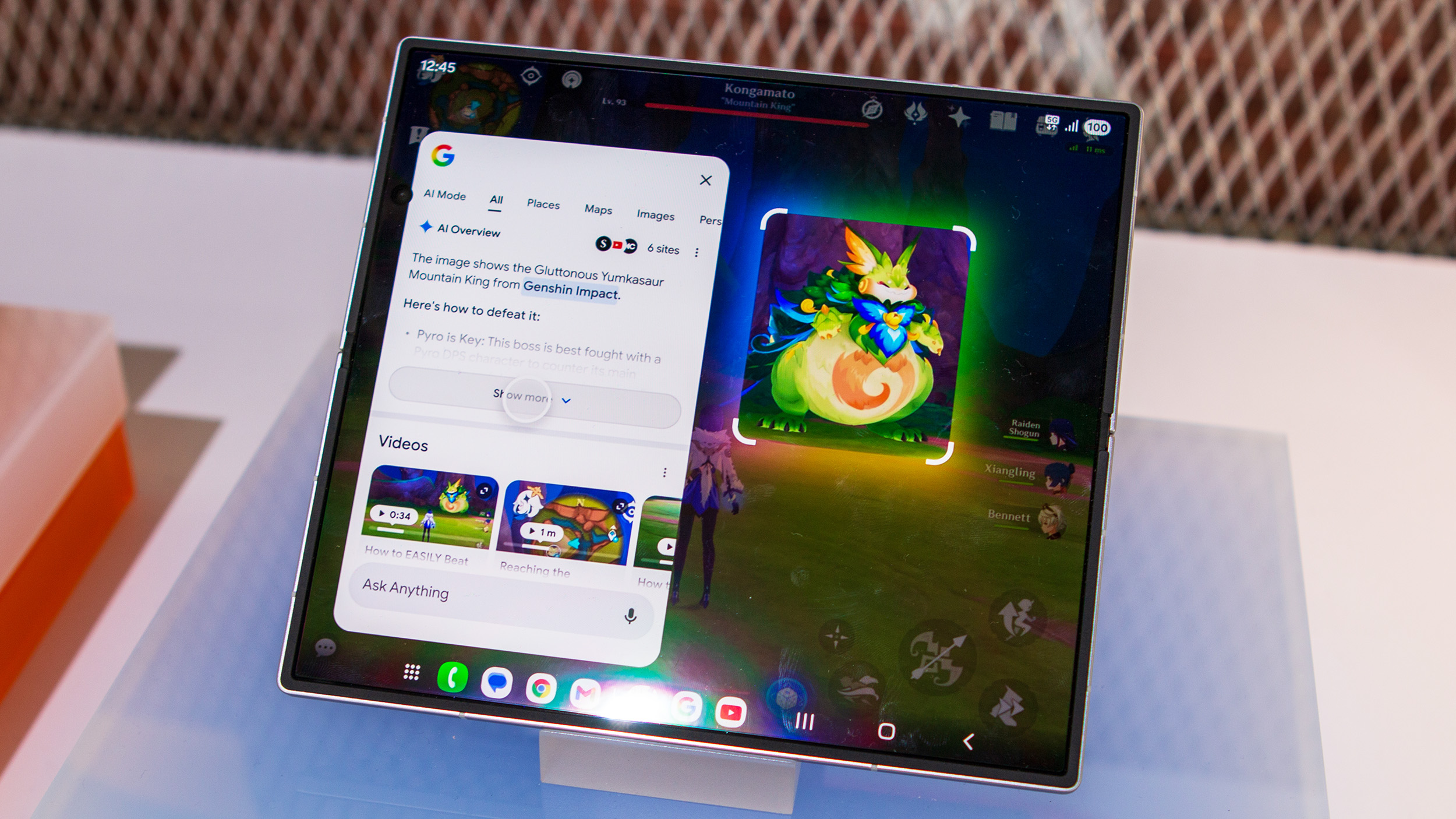
If you own a Galaxy Z Fold 4 or older, the situation becomes a bit clearer. These Galaxy foldables had the older wedge-shaped hinge with a gap between the two halves of the phone. This not only made the foldables thicker but also less durable. Samsung's hinge design and build quality have vastly improved since this generation of foldables, and there are many reasons to upgrade.
For those with a Galaxy Z Fold 5 or a Galaxy Z Fold 4, an upgrade to the Galaxy Z Fold 7 makes a lot of sense. Samsung is offering $900 of trade-in credit for the Galaxy Z Fold 5 and $800 for the Galaxy Z Fold 4 toward the newer model, which is excellent. It means your device will have retained about half of its value even after two or three years of use. If you like the Galaxy Z Fold form factor and have no regrets, I'd jump on this Galaxy Z Fold 7 pre-order offer now before your phone loses value.
Should you upgrade to the Galaxy Z Fold 7 from a Pixel Fold, Pixel 9 Pro Fold, or OnePlus Open?
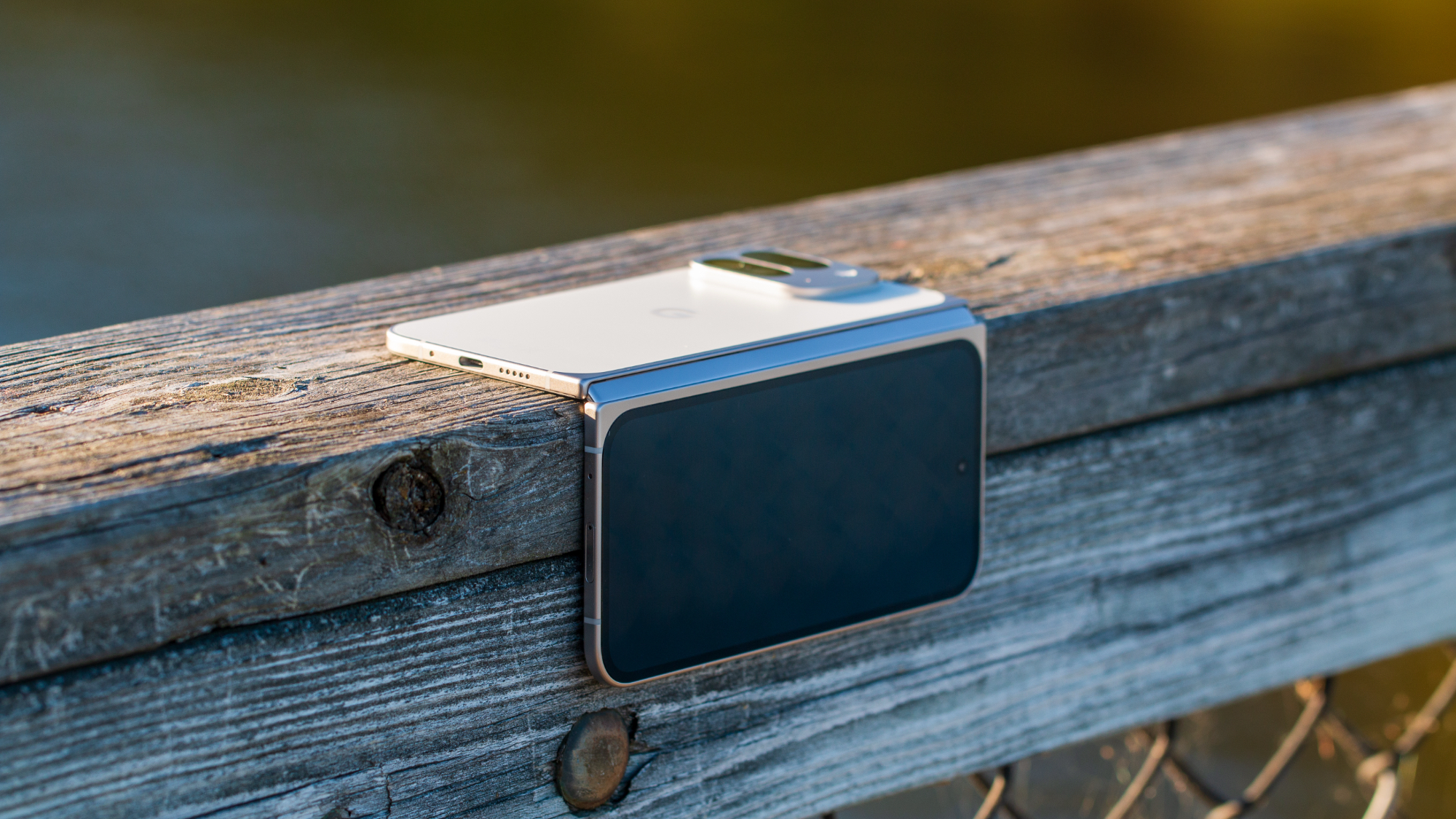
Anyone with a Google Pixel Fold, Pixel 9 Pro Fold, or OnePlus Open should probably take a pause before jumping toward the new Galaxy Z Fold 7. For starters, switching from phones like the Google Pixel 9 Pro Fold and OnePlus Open to the Galaxy Z Fold 7 is more like a lateral move. Many of Samsung's new additions, like a wider cover screen and thin form factor, have been staples of Google and OnePlus foldables.
For example, while the Galaxy Z Fold 7 is the thinnest foldable available in the U.S., the Pixel 9 Pro Fold measures 10.5mm when folded, and the OnePlus Open measures 11.7mm when folded. Both of those are still thinner than the Galaxy Z Fold 6. So, even though Samsung's changes are impressive, they seem better because of how far behind Galaxy Z Fold models already were.
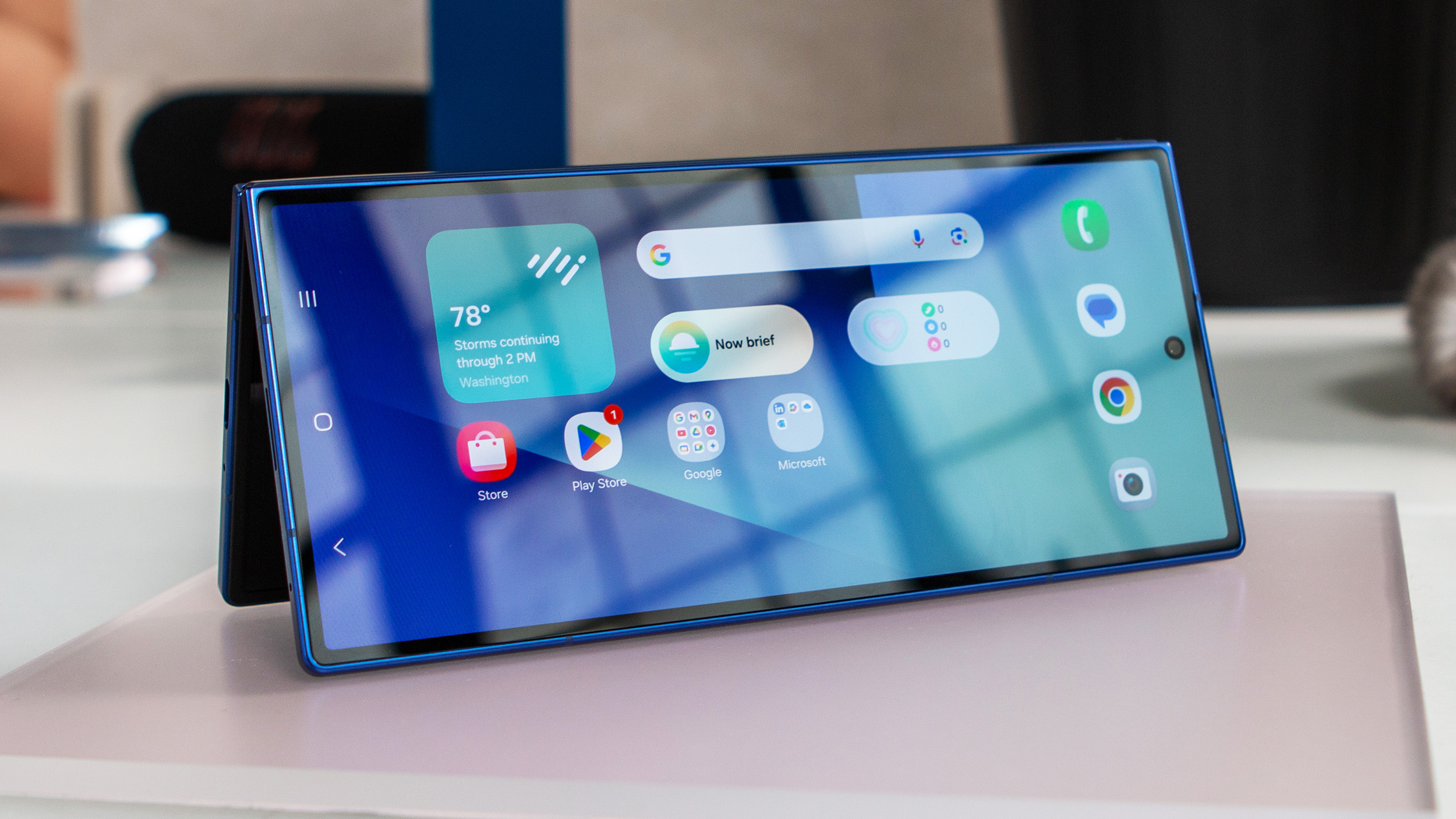
As such, if you're an owner of a Google or OnePlus foldable, I'd recommend waiting to see what the upcoming Google Pixel 10 Pro Fold holds. It may meet your needs better, because the Samsung Galaxy Z Fold 7 isn't as big of an upgrade compared to non-Samsung foldables.
How to decide whether it's time to upgrade to the Samsung Galaxy Z Fold 7
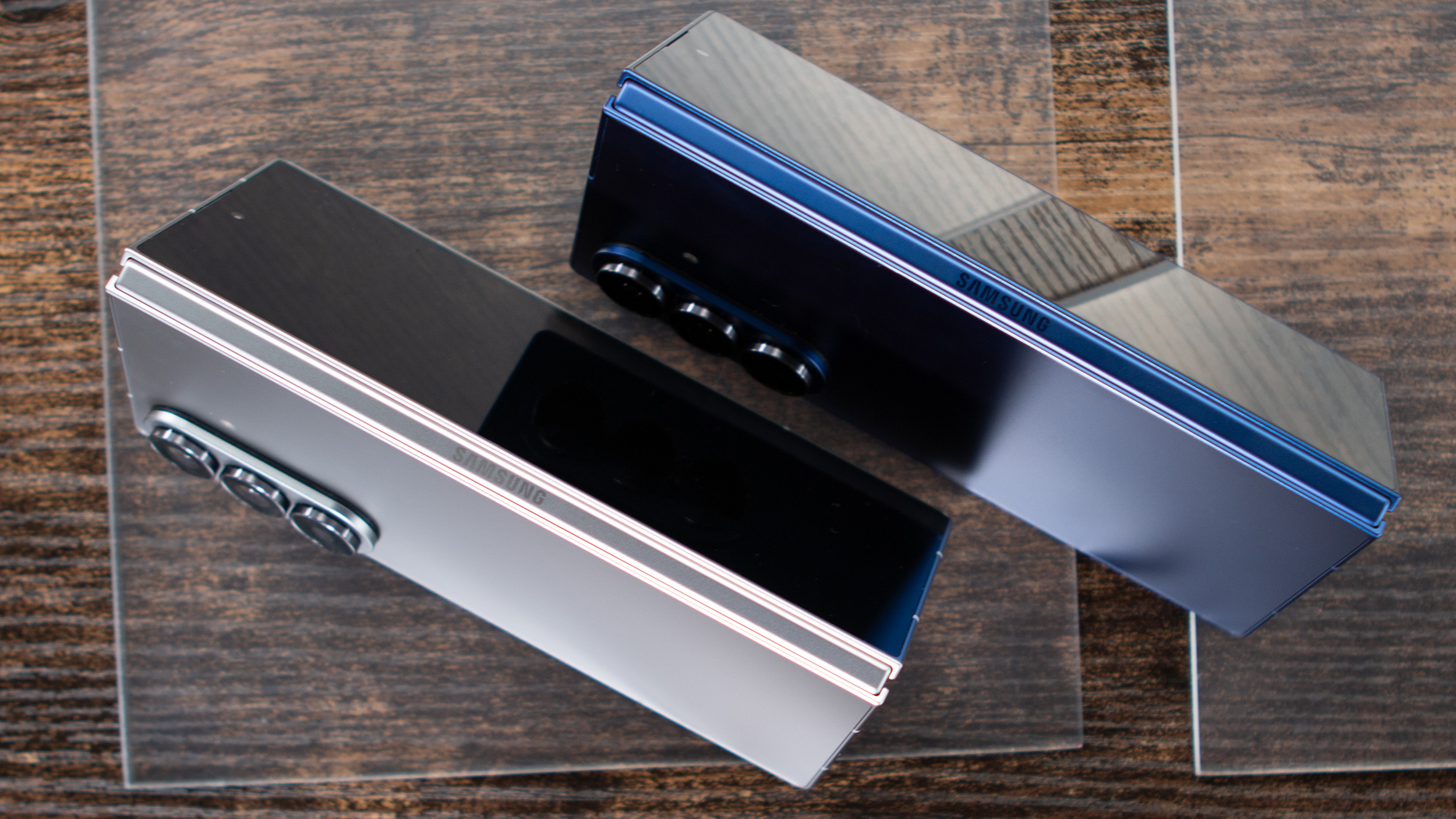
To wrap up, the Samsung Galaxy Z Fold 7 is going to feel like the biggest upgrade for people who have a Galaxy Z Fold 5 or older model, or people who have never used a foldable daily before. For owners of the Google Pixel 9 Pro Fold, OnePlus Open, or even an Honor or Oppo foldable, the Galaxy Z Fold 7 isn't going to feel as impactful of an upgrade.
To figure out whether you need to upgrade, think about the ways your current phone isn't cutting it. Evaluate whether the Galaxy Z Fold 7's upgrades — a thinner and lighter design, bigger main and cover screens, and a 200MP camera sensor — will address those concerns. Finally, decide whether you can afford to spend $2,000 to fix your current device's shortcomings.
Remember that you can walk into your nearest Best Buy store to try out the Samsung Galaxy Z Fold 7 for yourself — that's how I got my hands on it before release day.
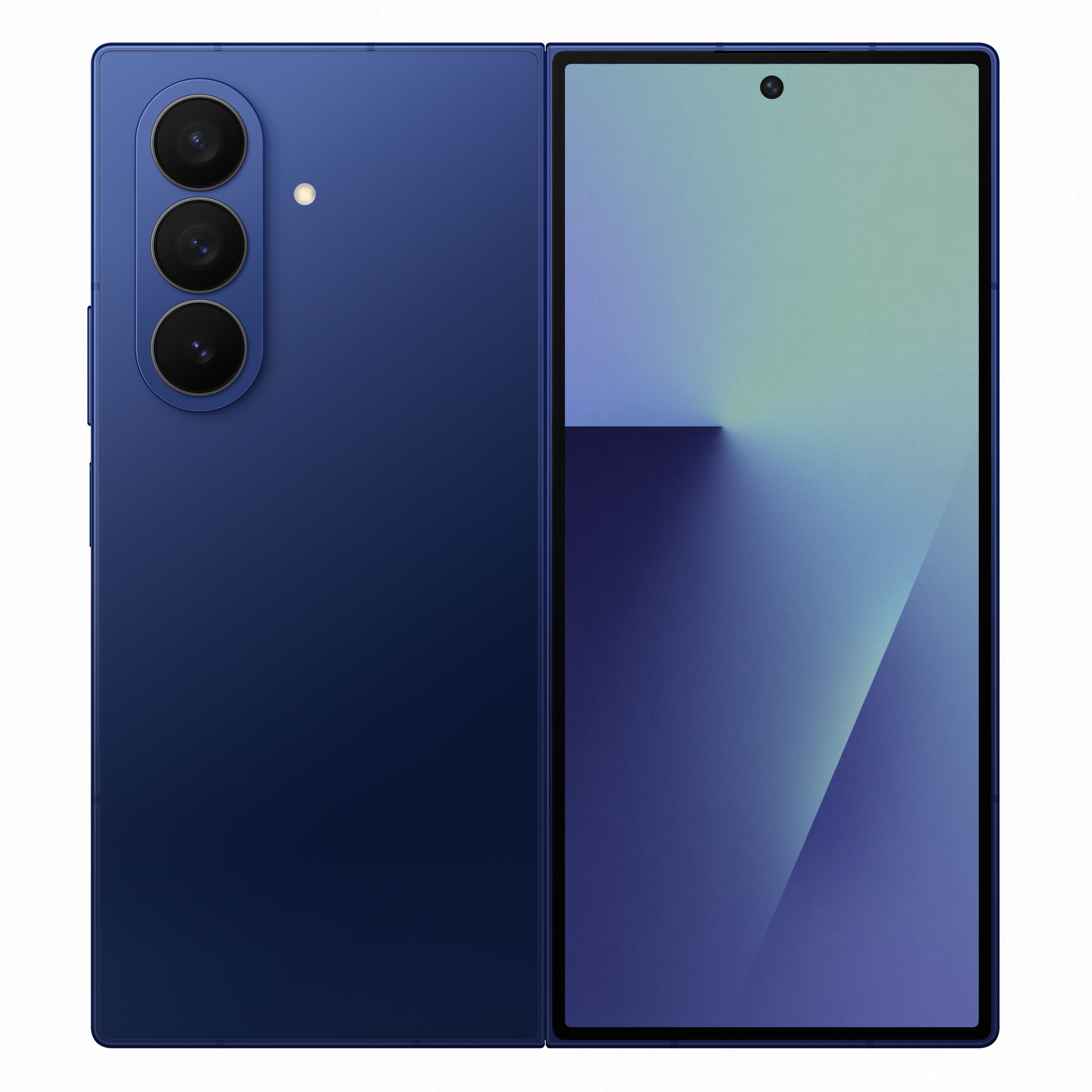
A worthy upgrade
If you have an older Fold or are trying one out for the first time, the Samsung Galaxy Z Fold 7 is the best foldable we've seen come to the U.S. However, anyone with a recent big-screen foldable might find it hard to justify the $2,000 price tag.

Brady is a tech journalist for Android Central, with a focus on news, phones, tablets, audio, wearables, and software. He has spent the last three years reporting and commenting on all things related to consumer technology for various publications. Brady graduated from St. John's University with a bachelor's degree in journalism. His work has been published in XDA, Android Police, Tech Advisor, iMore, Screen Rant, and Android Headlines. When he isn't experimenting with the latest tech, you can find Brady running or watching Big East basketball.
You must confirm your public display name before commenting
Please logout and then login again, you will then be prompted to enter your display name.
